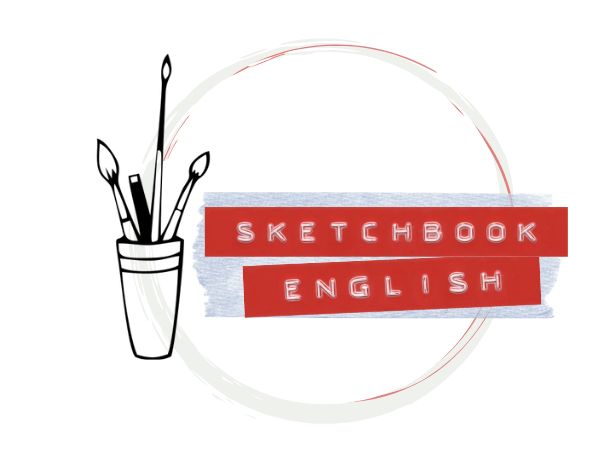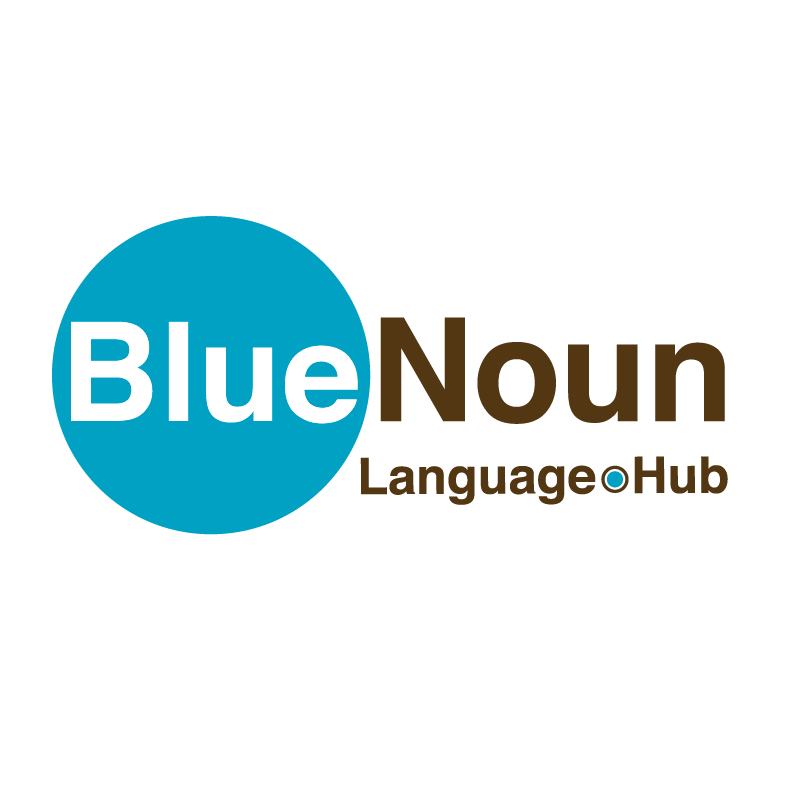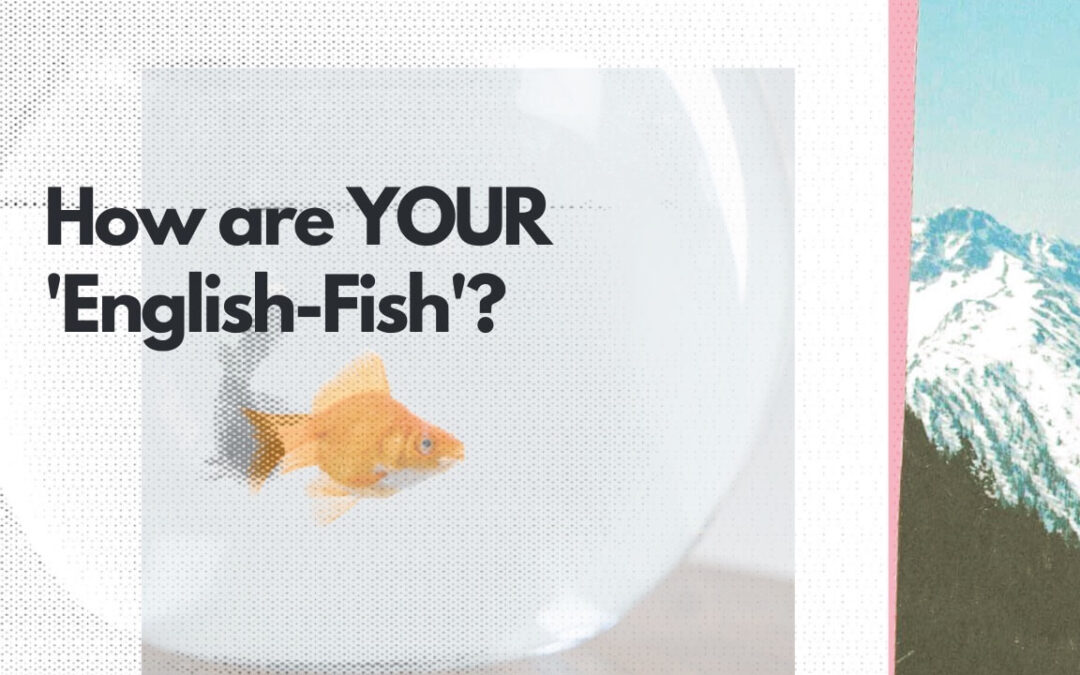Goal Setting for English Courses
This blog is an exploration of an alternative method of goal setting for English language courses.
My fish exercise came about from building our new Sketchbook English Online Course.
Sketchbook English is designed for professional artists and creatives, solving the problem of finding time for English learning in a busy creative career.
The biggest difficulty in designing the course was goal setting and assessing progress.
I knew what it looked like in a typical online language course, but that would not work for a course in which the user determines the content (every artist/maker needs very different language skills).
Sketchbook English required an effective and motivational alternative to test-taking.
Read on to discover why my students are now drawing fish!
Why My English Learners Draw Fish
Sketchbook English Online Course | The Background
Much of the Sketchbook English Online Course was conceived easily.
As I’ve written whole creative courses for art schools, I knew that would be my model for an English class for artists based on practical, studio skills.
I also knew the course takers would want personalised coaching taking place using the privacy, immediacy, and convenience of Slack or Whatsapp.
Sketchbook English isn’t a group course, it’s like having an English teacher in your pocket.
I chose the platform Memberpress to host the programme on. I hated the aesthetic and user experience of Teachable and most digital platform formats.
I’m a WordPress fan. This meant the tech was new but very doable.
Really, the most sticky issue was what shape to give goal setting at the onboarding stage – and how to assess progress.

The Requirements
Sketchbook English required a needs assessment that gave students a clear starting point and end point to measure their investment.
But what does that look like for an alternative, creative method of learning?
How to Show YOU What You Know,
and ME What You Need to Know?
Goal Setting Options
I knew that using scholarly-style testing was unquestionably wrong. There’s no way that a multiple-choice test could assess the language skills targeted by the course.
In my opinion, unless the student is working towards an academic English exam, multiple-choice tests are more convenient as admin for the language school than really measuring the progress of the client.
Easy to administer, multiple-choice tests are designed to expose errors not strengths.
Although attractively black and white, they create unhelpful uncertainty without ever giving the client the agency to fix the problems.
Not the starting point we would ever want.

Goal Setting for English Courses – A New Assessment for a New Type of Course
Sketchbook English is a new way to develop English language skills building around existing knowledge AND the participant’s professional creative practice. Onboarding assessments must clearly demonstrate those particular skills – but surely that would require a time-consuming bespoke assessment and analysis every time?
Inspired by the potential of ‘Can do’ assessments (where students explain what their own analysis of their English skills is) I needed to make that concept fit my course. Any can-do pledges must clarify learning goals; both to motivate the student and to establish clearly to both parties what is achievable during the timeframe. (The English learner may be aiming for complete accentless fluency in the long-term, but any one course can only be one part of that overall goal).
A Fishy Solution to English Self-Assessment
A tragedy in my fish tank led to the answer popping into my head – complete. The whole darn solution was suddenly clear. (I’m a conceptual artist – I’m happy with tapping into the subconscious for synergetic solutions. Much of my training is in recognizing them where they appear).
My potential clients are now invited to draw their English skills as fish.
Build Your Own Metahphor
To explain, English learners are asked to draw a representation of their ‘English-fish’ in the fishy environment of their choosing.
They might draw a dirty, unkempt tank that needs love and attention. Or they may draw a big fat fish that has outgrown its tank and needs set free. They might draw lots of tiny ‘vocabulary fish’ which are skittishly darting around a pond without any pattern or structure. They might draw a big old alae-eater lurking under a rock, afraid to come out.

“It’s an unholy hybrid of fishkeeping, Minecraft, visualization, and ‘can-do’ assessments”.
Ruth, 2023
Goal Setting Solutions
It’s an unholy hybrid of fishkeeping, Minecraft, visualization, and ‘can-do’ assessments.
However, it works.
Course-takers self-assess and clearly express what needs to be prioritized in their learning.
Mindset Matters
This exercise vocalizes fears and weaknesses that students may not even know they have – or have the language skills to express.
In the second part of the exercise, the student draws their future fish: what they wish to be different by the end of the course.
The results are either shared as a quick video or a chat on Zoom.
Realistic targets are set.
Teacing notes are made on the learner’s spoken level and points of weakness during this chat. (Without it being obviously labelled ‘an assessment’).
A Note for English Teachers
In its combined stages, drawing English-fish is a fun and attractive ‘taster’ exercise – but a powerful pedagogic tool too.
It connects English learners to what THEY need to do.
It’s a motivator, as often it’s easier to think about caring for something than doing something for ourselves.
Above all, it’s a visualization of their language goals – and one that can be checked against regularly.
The final stage of the course must contain references to this first exercise. The learner’s own assessment of their progress in meeting their goals.
Comparisons of the spoken explanation recorded at the beginning and end should also be used by the client’s coach as a further, measure of progress.
“It’s a motivator, as often it’s easier to think about caring for something than doing something for ourselves.”
Ruth, 2023
The Right Tool for the Wrong Client
There are no wrong answers, but this exercise also exposes any incompatibilities of potential clients working with me.
I specialize in teaching creatives the English language skills they need for their career. I also teach English creatively. Both of these skills mean that I am also the person to turn to when traditional English lessons don’t work for you for a number of reasons – but I am not the right English coach for everyone.
If people cannot visualize their fish – or just think it’s stupid to try, I can now easily decide that I am not the right coach for them (and save us both time and frustration).
In marketing, when I need to define my client, I often say ‘English for Creative Thinkers.’
Of course, that’s subjective. It’s also a broad church including the neurodiverse, rigorous scientists, and spontaneous, visual-thinking creatives.
I love and celebrate individual differences – but in common, clients all need to be unusually imaginative and experimental to profit best from my non-standard teaching style.

Would it put YOU off?
Asking potential clients to draw their own English-fish is a difficult enough exercise in imagination to put the wrong people off – and demonstrate to the right people that I am the one to help them reach their English language goals.
Are you ready to draw your English-fish?
It does no harm to just give it a go!
If you are currently setting your English learning goals, try drawing your fish and let that motivate your progress.
Don’t forget to send me a picture of your fish!!


